On the Road Again
Denise Ippolito and I will be traveling to the Southern Ocean for the South Georgia/Falklands Cheesemans’ Expedition. We are traveling with a small group of BIRDS AS ART folks who will be receiving additional instruction from Denise and me both aboard ship and in the field. I am hoping that my good weather Karma holds…. We fly to Santiago, Chile on October 16. I will not be back home until November 11. Please hold your e-mails until then. Click here to see the great itinerary and what you will be missing. Click here to learn more about Cheesemans’ Ecology Safaris.
|
October is National Breast Cancer Awareness Month. The pink butterfly logo was created in Photoshop by Denise Ippolito. She started with a blank canvas, added a bow from custom shapes, distorted it with “Flaming Pears” Flexify, and then jazzed it up with the Liquefy Tool. All from a blank canvas. Amazing. Learn more about blank canvas creations (and tons more) in Denise’s “A Guide to Creative Filters and Effects.” |
National Breast Cancer Awareness Month
Consider celebrating National Breast Cancer Awareness Month by making a donation to The Susan G. Komen For the Cure Foundation here or to another breast cancer charity. You can read the story of Susan G. Komen here; having lost my second wife, Elaine Belksy Morris to breast cancer made this a tear-filled but wonderful read as the memories came flooding back.
|
This drake Harlequin Duck was photographed at the Barnegat Jetty with the Canon EF 800mm f/5.6L IS USM Autofocus lens, Canon 1.4x EF Extender III (Teleconverter), and the unfortunately discontinued EOS-1D Mark IV. ISO 800. Evaluative metering at zero: 1/250 sec. at f/8. Central Sensor (by neccesity)/AI Servo Rear Focus and re-compose. Click here if you missed the Rear Focus Tutorial. Click on the image to enjoy a larger version. |
BIRDS AS ART/A Creative Adventure Barnegat Jetty IPT
Barnegat Jetty IPT, Barnegat Light, NJ: 2 1/2 DAYS. DEC 20 (1:30pm), 21, and 22, 2012: $999. Limit 8. Includes 5 photo-sessions, both lunches, introductory slide program (DEC 20), Photoshop session (DEC 21), and image sharing at lunch DEC 22.
Join Arthur Morris and Denise Ippolito for a 2 1/2 Day Instructional Photo-Tour at the infamous Barnegat Jetty in Barnegat Light, New Jersey. Artie and Denise will teach you how to get close to the ducks and shorebirds that frequent this famed winter birding and photography hotspot, how to get the right exposure every time, and how to see, understand, and tackle a variety of photographic situations. Each will conduct a killer Photoshop session. We should have some excellent chances with Harlequin Duck and Purple Sandpiper, the two headliner species. With any luck we should get to photograph most of these species: Long-tailed Duck (formerly Oldsquaw), Common Loon, Red-throated Loon, Red-breasted Merganser, Surf Scoter, Black Scoter, Common Eider, Brant, Dunlin, Ruddy Turnstone, Black-bellied Plover, and Sanderling . Great Black-backed, Herring, and Ring-billed Gulls are also likely. Sunning Harbor Seals are possible. With the right winds we may have some good flight photography also.
Having at least a 500mm f/4 lens with a 1.4X teleconverter is recommended. Participants should be in good physical condition with a good sense of balance. A $500 per person non-refundable deposit by check only made out to “Arthur Morris” is required to hold your spot. Please click here and then scroll down and read our cancellation policies. Then please print, read, and sign the necessary paperwork here and send it to us with your deposit check. Deposit due immediately. That leaves a balance of $499, due on NOV 20, 2012.
|
In the brand new 1D X AF Guide I share everything that I have learned about the killer AF system of the 1D X including when to use 61-point, when to use AF Surround, and which AF Area Selection Zones I have disabled. There are 19 AF-related captures in the new eGuide. You can view the optimized image here. This image of a Snowy Egret fishing near a salt marsh was created in early morning light with the hand held Canon 500mm f/4L EF IS II lens, the Canon 1.4x EF tele-extender III, and the Canon EOS-1D X. ISO 800. Evaluative metering at zero: 1/1000 sec. at f/6.3 in Manual mode. Well left of the central sensor/Surround/AI Servo Rear Focus AF active at the moment of exposure. Click here if you missed the Rear Focus Tutorial. |
“The EOS-1D X Autofocus Guide”
The recently released EOS-1D X Autofocus Guide, here-in-after the 1D X AF Guide, has been receiving rave reviews so far. Here’s a short one from my old friend John (“Mind the thorns, boys”) Bryant of George, South Africa, friend of Ernie Els:
Artie, Thanks so much for your 1D X AF Guide. As usual you put it in the most simple terms. Your pupils at school probably never appreciated fully your talent for simplifying things. Your suggestion of using Case 3 for a “custom” setting is brilliant! I was using the same settings, but had to make changes each time. What I then did was to put the three parameters in “My Menu” which made it much easier to change, but your idea is so much better and faster. Thanks again for another BAA classic. John
John began his e-mail by rubbing Europe’s amazing Ryder Cup victory over Davis Love’s American squad in my face….
But for iTR AF, the 1D X has the same great autofocus system that was introduced with the 5D Mark III. Only better. The 60-page eBook includes 19 screen captures like the one above. It includes everything that I know about the 1D X AF system. Instructions on how to use all AF-related buttons, dials, and wheels and my settings for all AF-related Menu Items. Of special interest to bird photographers will be my comments and strategies involving Cases 1-6, the custom-Case that I created and use for most of my bird photography (with detailed instructions for setting it up of course), my strategy for Select AF area selection mode (on AF4, the fourth purple menu), and pretty much anything that has to do with 1D X autofocus….
This eBook is written in my customary easy-to-read, easy-to-understand, easy-to-follow style. Few realize the time and effort that goes into creating a guide of only 7,000 words; can you say “tedious”? Do note that writing how-to requires a huge amount of study, writing, re-writing, and fact checking in order to come up with something that is clear and concise. As is usual, I needed lots of help on this guide and as usual, I got it from my friend Rudy Winston, Canon Advisor, Technical Information. Rudy’s knowledge of the various Canon digital camera bodies is encyclopedic and is exceeded only by his helpfulness and generosity.
I am not sure if I will ever publish a complete 1D X User’s Guide as most everything is covered in the 5D III User’s Guide. Be sure to save the e-mail that brings you your 1D X AF Guide PDF because if I wind up doing a 1D X User’s Guide you will receive a $25 discount.
To order your copy now, click here, call Jim at 863-692-0906, or send a check for $25 to us at BIRDS AS ART, PO Box 7245, Indian Lake Estates, FL, 33855. If the latter, be sure to let us know what you are paying for and include your typed or clearly written e-mail address.
|
If you wish to create an image of a speeding Sanderling with the bird well back in the original frame you’d better have a camera with a great AF system and you’d better know how to use it…. The winter plumage Sanderling was photographed at Nickerson Beach with the tripod-mounted Canon 500mm f/4L EF IS II USM lens and the Canon EOS-1D X Digital SLR camera body.ISO 800. Evaluative metering +1 stop: 1/1000 sec. at f/5.6 in Av mode. As always with the Gitzo 3532LS CF tripod with the lightweight, sturdy, rigid, and efficient Mongoose M3.6 on top. Left of center sensor/Surround/AI Servo Rear Focus AF active at the moment of exposure. Click here if you missed the Rear Focus Tutorial. Click on the image for a larger version. |
“The Photographer’s Guide to Attracting Birds”
“The Photographer’s Guide to Attracting Birds”
Alan Murphy taught the world to create killer images at backyard set-ups in his 106 page eBook, “Guide to Songbird Set-Up Photography.” In his latest effort, “The Photographer’s Guide to Attracting Birds,” he has out-done himself. As I proofread this new e-Book for readability, I was amazed not only by the images, but by Alan’s innovative and creative techniques. Heck, in many cases, I was stunned by his cleverness.
This great brand new eBook is available by download right now for $50. Click on the logo-link below to get your copy. (PayPal payments accepted.)

A while back, Alan asked me to write the forward for”The Photographer’s Guide to Attracting Birds.” Here’s what I had to say:
That Alan Murphy is a superb avian photographer and workshop leader goes without saying. His spectacular images—most often of songbirds in surreally perfect settings—have graced the covers of many popular magazines, the pages of countless books, magazines and calendars, and dozens of websites around the world.
The idea for Alan Murphy’s first eBook, “The Guide to Songbird Set-up Photography,” popped into my head not ten minutes into the great program he did for the Nature and Wildlife Photographers of Long Island group three years ago, almost to the day. I let him know my thoughts right after the conclusion of that program and thus, the songbird set-up guide was born. When we first teamed up to tackle that project, he shared the following story with me:
“Twenty years ago when I first became interested in bird photography, I purchased a copy of the original ‘The Art of Bird Photography.’ I was confused about several topics, including and especially the use of extension tubes. So I got Arthur Morris on the phone. Though he did not know me from Adam, he generously shared 30 minutes of his time with me and answered all of my questions. That is why, to this day, I go out of my way to be help other photographers.”
As I had zero memory of that phone call, I felt that it was most kind of Alan to share the story with me.
In his first eBook, Alan shared many long-held secrets that were carefully developed over time. It was a spectacular start and has helped thousands of folks—including me—to improve their craft and create stronger images. In his next effort, “The Photographer’s Guide to Attracting Birds,” Alan has continued his tradition of sharing in ten, all-new, wide-ranging chapters. While the first eBook dealt mainly with attracting songbirds into photographic range, the new book teaches you to attract birds from many different families: shorebirds, roadrunners, quail and raptors. The latter group includes eagles, vultures, buteos, caracaras and accipiters. And there are, of course, dozens of never-before-revealed tricks for attracting those colorful songbirds: tanagers, flycatchers, warblers, orioles, thrashers, jays, longspurs, cardinals, larks, buntings and woodpeckers, among others. From your backyard to the deserts to the woodlands to arctic tundra, Alan covers it all.
As you read through the new eBook, the words amazing, simple, brilliant, clever, innovative, and practical will come to mind frequently. You will constantly find yourself saying aloud, “Why didn’t I think of that?”
His tips for feeding individual songbirds and then photographing them in flight are simply remarkable, as are those for dealing with bird species that habitually land on barbed wire. Who would think of attracting shorebirds into photographic range? Alan Murphy. And not only does he share his methods and techniques with you, he shares several of the great images he created using each of the strategies.
The chapter on using audio playback to attract birds into photographic range is alone worth the price of the book. In addition to a complete synopsis of the techniques he uses, it contains tips on the recordings themselves, the needed gear and the techniques he uses for specific bird families. And most importantly, he teaches you how to minimize any potential stress on the subjects.
The chapter on blinds and camouflage is full of practical suggestions that will help you in the field. And the one on using decoy owls to attract raptors into range for both flight and perched photography includes lots of stuff that is new to me even though I first began using my very own Cabela’s plastic owl—affectionately nicknamed “Hootie”—more than 15 years ago.
From constructing and designing effective ground perches to using insects and—yes, even road kill—as bait, it seems that every conceivable avian photography situation is covered in detail and includes easy-to-read, easy-to-follow instructions.
I for one can’t wait to get out in the field to try some of the great new techniques that Alan shares with us in “The Photographer’s Guide to Attracting Birds.” Kudos, my friend!
Arthur Morris
“The Photographer’s Guide to Attracting Birds”

|
Scissor-tailed Flycatchers, Galveston County, TX with the Nikon D3 (replaced by the D4), 600mm lens, ISO 800, f/4 at 1/250 sec. Image courtesy of and copyright Alan Murphy. |
Barbed Wire
There are lots of beautiful birds that love to land on barbed wire…. Bummer on the barbed wire. In the new eGuide above Alan shares the techniques that he uses to get the birds to land on attractive perches rather than on rusty barbed wire.
Shop B&H


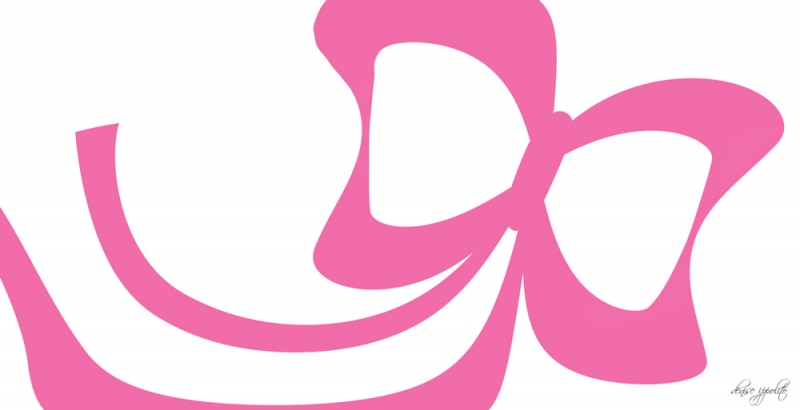
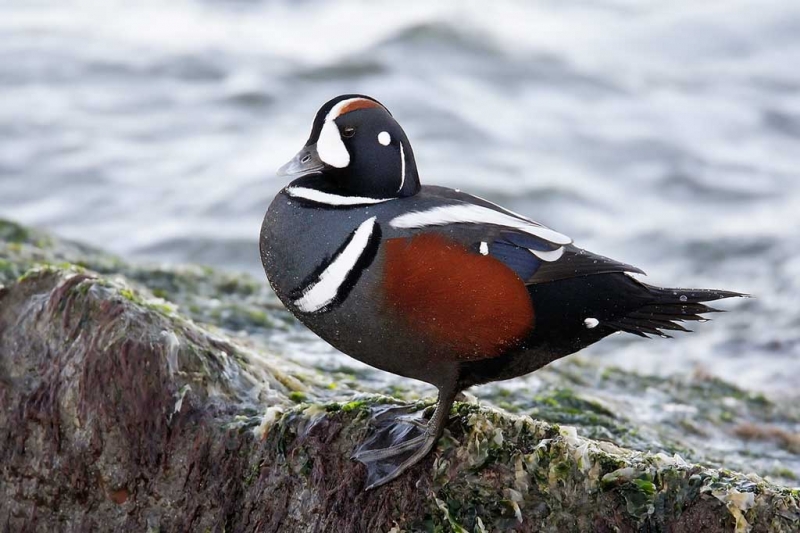
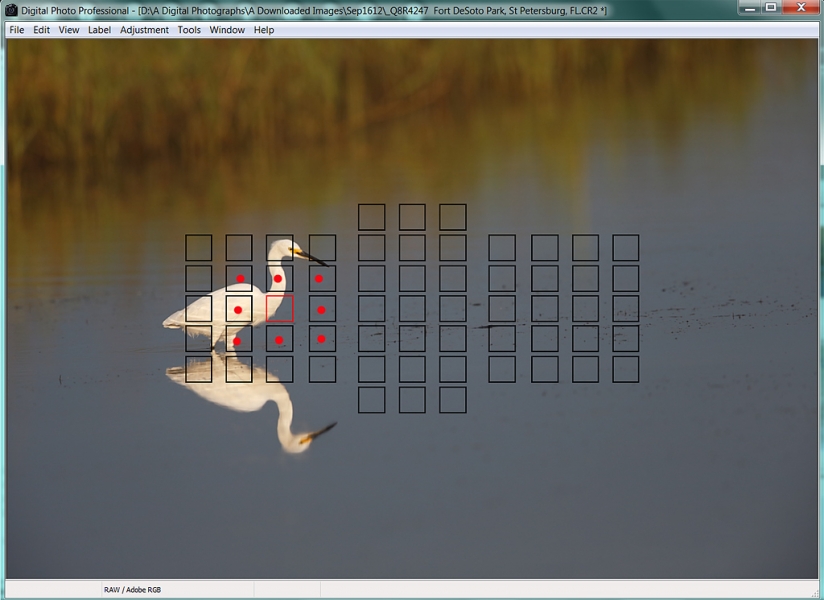
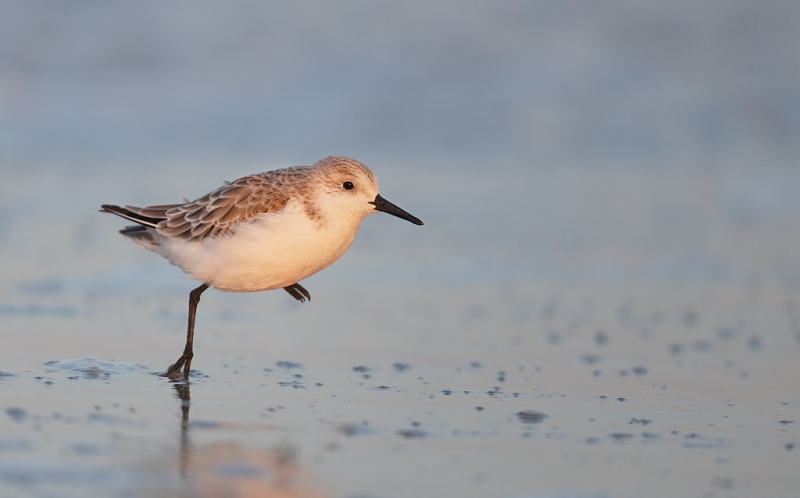
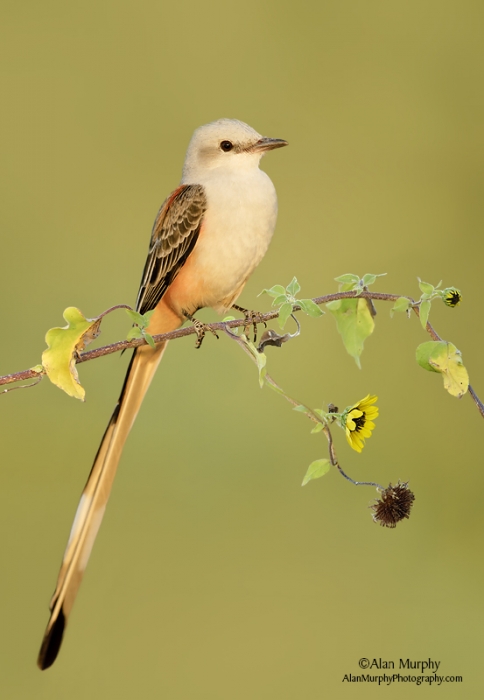













Arthur, Im curious, what will your lens selection look like for a trip like this?
Thanks, Brian
Canon 500mm f/4L IS II, Canon 70-200mm f/2.8L IS, two 1.4X II TCs and one 2X III TC. Canon 24-105mm L IS zoom lens. Canon 15mm fish eye. The Canon Canon Speedlite 600EX-RT and the external battery pack. One of each of the following: EOS-1D X, EOS-5D Mark III, EOS-1D Mark IV. I would love to have the 300 f/2.8L IS II along but….
ps: I am gonna make a blog post our of your question, 🙂 so thanks.
Arthur , yes I know a place to photograph Inca Terns , Is about 100kms fron Santiago and we can go there if you want .
besto regards .
Yes I have a vehicle and I will go a get to the Holiday in at the airport , please contact me at my mail ; osvalarrain@vtr.net to see the details .
Sounds great, I look forward to meeting you and seeing Chile!
Hi Arthur , I live in Santiago , Chile , if you and your group want , and have time , I can take you to get some pictures of Condores , the biggest bird on earth and our national bird , only at 45 minutes from Santiago , no cost , I will do it for free , it will be a pleasure for me .
Best regards and good light .
Osvaldo, Thanks for your most generous offer. Do you have a vehicle? It would not be the group, just Denise and me on Wednesday, October 17. What times of day would be good? I arrive at the airport at about 6am, Denise at about 8:30 am. We are staying at the Holiday Inn at the airport….
On Thursday and Friday we are doing full day bus trips. Here’s a question: do you know any place good to photograph Inca Terns?
It would be great to meet you. later and love, artie